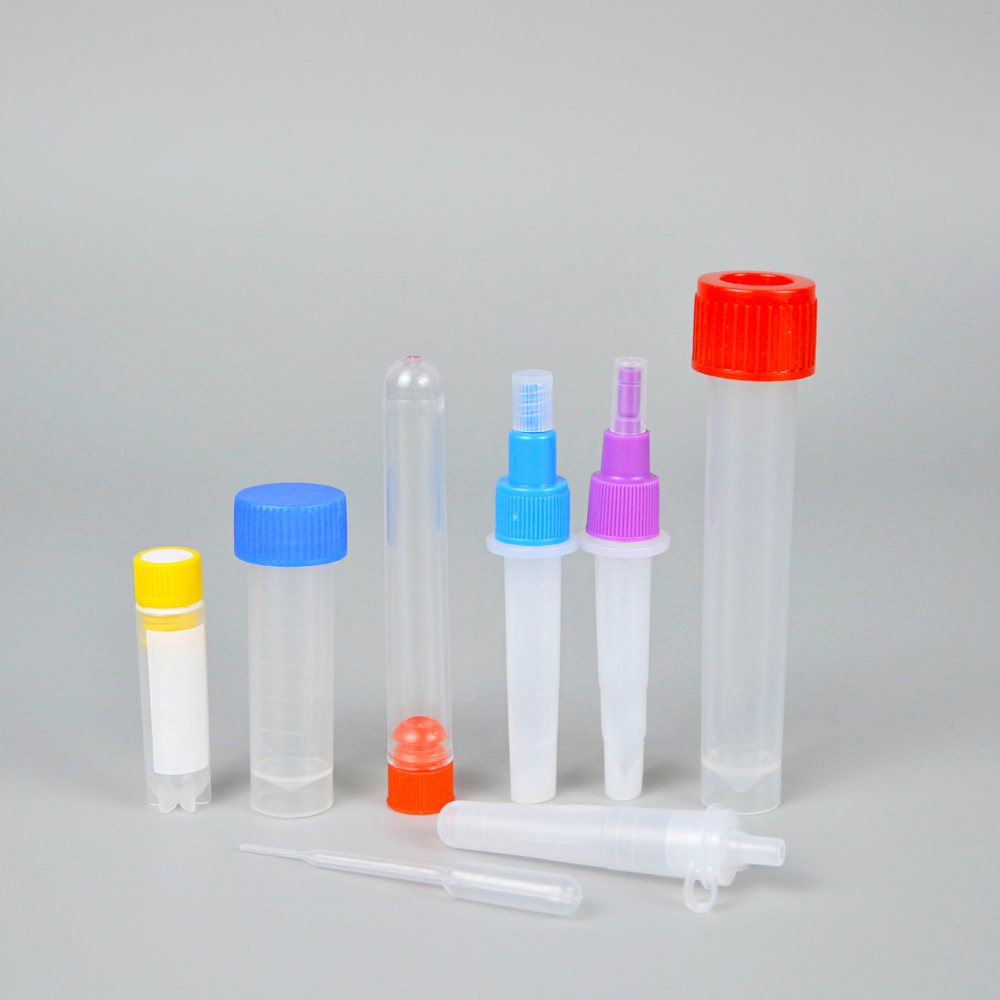
-
 Afrikaans
Afrikaans -
 Albanian
Albanian -
 Amharic
Amharic -
 Arabic
Arabic -
 Armenian
Armenian -
 Azerbaijani
Azerbaijani -
 Basque
Basque -
 Belarusian
Belarusian -
 Bengali
Bengali -
 Bosnian
Bosnian -
 Bulgarian
Bulgarian -
 Catalan
Catalan -
 Cebuano
Cebuano -
 Corsican
Corsican -
 Croatian
Croatian -
 Czech
Czech -
 Danish
Danish -
 Dutch
Dutch -
 English
English -
 Esperanto
Esperanto -
 Estonian
Estonian -
 Finnish
Finnish -
 French
French -
 Frisian
Frisian -
 Galician
Galician -
 Georgian
Georgian -
 German
German -
 Greek
Greek -
 Gujarati
Gujarati -
 Haitian Creole
Haitian Creole -
 hausa
hausa -
 hawaiian
hawaiian -
 Hebrew
Hebrew -
 Hindi
Hindi -
 Miao
Miao -
 Hungarian
Hungarian -
 Icelandic
Icelandic -
 igbo
igbo -
 Indonesian
Indonesian -
 irish
irish -
 Italian
Italian -
 Japanese
Japanese -
 Javanese
Javanese -
 Kannada
Kannada -
 kazakh
kazakh -
 Khmer
Khmer -
 Rwandese
Rwandese -
 Korean
Korean -
 Kurdish
Kurdish -
 Kyrgyz
Kyrgyz -
 Lao
Lao -
 Latin
Latin -
 Latvian
Latvian -
 Lithuanian
Lithuanian -
 Luxembourgish
Luxembourgish -
 Macedonian
Macedonian -
 Malgashi
Malgashi -
 Malay
Malay -
 Malayalam
Malayalam -
 Maltese
Maltese -
 Maori
Maori -
 Marathi
Marathi -
 Mongolian
Mongolian -
 Myanmar
Myanmar -
 Nepali
Nepali -
 Norwegian
Norwegian -
 Norwegian
Norwegian -
 Occitan
Occitan -
 Pashto
Pashto -
 Persian
Persian -
 Polish
Polish -
 Portuguese
Portuguese -
 Punjabi
Punjabi -
 Romanian
Romanian -
 Russian
Russian -
 Samoan
Samoan -
 Scottish Gaelic
Scottish Gaelic -
 Serbian
Serbian -
 Sesotho
Sesotho -
 Shona
Shona -
 Sindhi
Sindhi -
 Sinhala
Sinhala -
 Slovak
Slovak -
 Slovenian
Slovenian -
 Somali
Somali -
 Spanish
Spanish -
 Sundanese
Sundanese -
 Swahili
Swahili -
 Swedish
Swedish -
 Tagalog
Tagalog -
 Tajik
Tajik -
 Tamil
Tamil -
 Tatar
Tatar -
 Telugu
Telugu -
 Thai
Thai -
 Turkish
Turkish -
 Turkmen
Turkmen -
 Ukrainian
Ukrainian -
 Urdu
Urdu -
 Uighur
Uighur -
 Uzbek
Uzbek -
 Vietnamese
Vietnamese -
 Welsh
Welsh -
 Bantu
Bantu -
 Yiddish
Yiddish -
 Yoruba
Yoruba -
 Zulu
Zulu
Plastic Petri Dish Dimensions and Their Applications in Laboratory Settings
Exploring the Sizes of Plastic Petri Dishes
Plastic Petri dishes are essential tools in laboratories, particularly in the fields of microbiology, cell biology, and molecular biology. They are used for various applications, including growing bacterial cultures, conducting experiments, and performing cell assays. One of the most important aspects to consider while using these dishes is their size, which can significantly affect the outcomes of scientific experiments.
Exploring the Sizes of Plastic Petri Dishes
The 100 mm dishes are versatile and widely used for various applications. They offer enough surface area to grow larger cultures, which can be beneficial for experiments that require a significant number of cells. This size strikes a balance between manageability and capacity and is frequently employed in academic and industrial settings alike.
plastic petri dish sizes

For larger-scale experiments, the 150 mm Petri dish is ideal. It provides ample surface area for growing extensive bacterial colonies or conducting assays that require more space for cellular interactions. Researchers often prefer this size for experiments involving multiple samples or comparative studies, where several conditions need to be tested simultaneously.
In addition to these standard sizes, specialized Petri dishes with varying shapes and formats are also available, catering to specific needs such as high-throughput screening or unique experimental designs. Custom sizes can be produced for industrial applications, allowing laboratories to effectively tailor their research tools to their specific requirements.
When selecting the appropriate size of a plastic Petri dish, it is crucial to consider not only the experiment's scale but also the volume of the medium required and the anticipated growth of the cultures. By carefully considering these factors, researchers can optimize their experimental designs and achieve more reliable and reproducible results.
In conclusion, plastic Petri dish sizes play a significant role in laboratory research. From small 90 mm dishes for preliminary experiments to larger 150 mm dishes for extensive culturing, choosing the correct size is essential for successful outcomes. Understanding these dimensions allows scientists to execute their experiments with precision and confidence.
-
PTFE Centrifuge Tubes - Chemical Resistant, Leak-proof, Ideal for Laboratory UseNewsJul.05,2025
-
Premium Metal Dropper Bottle for Precise Dispensing 250ml & 1ml Options AvailableNewsJul.04,2025
-
20 ml Headspace Vials - High Quality Polyethylene & Plastic Vials for Lab UseNewsJul.04,2025
-
Small Bottle with Pipette - Precise Dispensing 100ml Pipette Bottles for Essential Oils & Lab UseNewsJun.24,2025
-
Acetic Anhydride Bottle for Accurate Dropper Measurement in Pharmacy Use High-Quality Dropper BottlesNewsJun.10,2025
-
Innovative PET Bottle Design for Juice – Unique Shapes & Customization OptionsNewsJun.10,2025






















